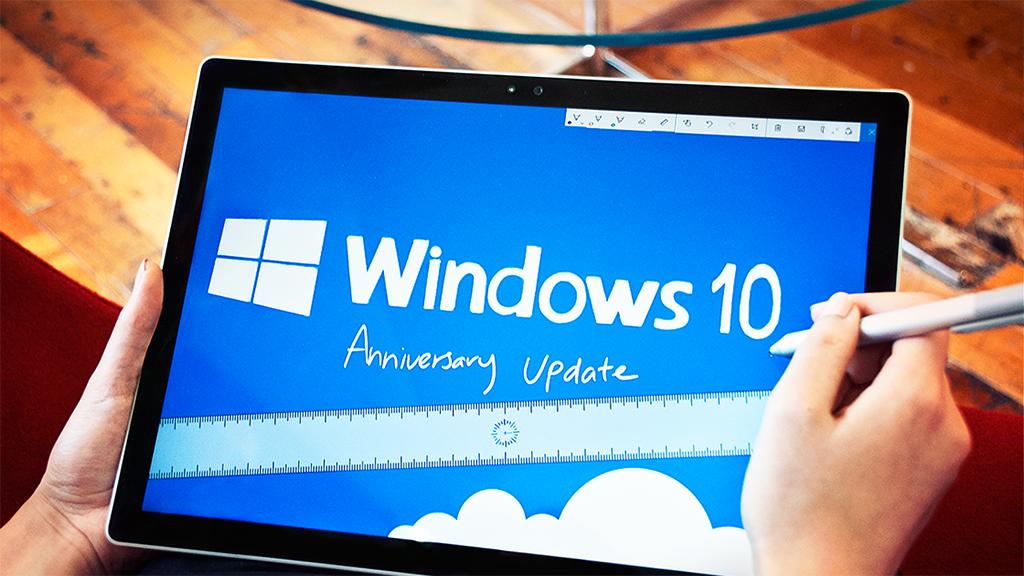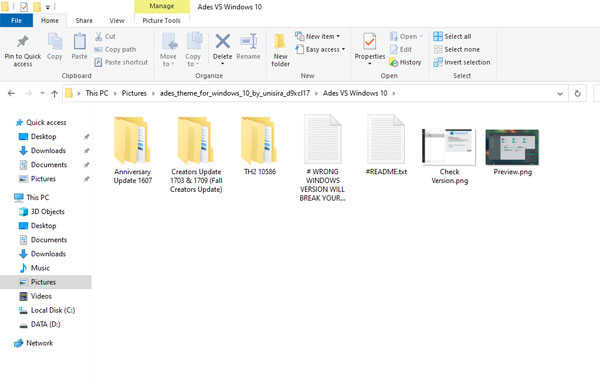


Click the folder again and all the tiles slide back inside. You can then click any tile to run the app. Click a folder and it opens, with each app appearing as an individual tile. You can then drag any other tiles you want into the folder.įolders look like tiles and display small thumbnail icons of all the apps they contain. This automatically creates a folder with both tiles inside it. It's simple: You just drag one tile onto another. With the Creators Update, you can now place multiple tiles into a folder on the Start menu.

But if you're a fan of the Start menu and you use it to run applications, you'll find this update extremely useful, because it helps clean up some of the clutter. In fact, the only significant interface change in the Creators Update has to do with the Start menu - and even then, it's not particularly noticeable at first glance. If you also have the "Send all intranet sites to Internet Explorer 11" Microsoft Edge group policy enabled at the same time, then all intranet sites will continue to open in IE11.One note before I begin: Ignore the name "Creators Update." This newest upgrade to Windows 10 has very little to do with creating things apart from a few relatively minor features that I'll describe later. This feature works with both the v.1 and v.2 XML schemas. We recommend setting Microsoft Edge as the default browser when enabling this policy. Starting with the Windows 10 Anniversary Update, we are introducing a new Internet Explorer group policy to restrict IE11 usage to only sites on the Enterprise Mode Site List: “Send all sites not included in the Enterprise Mode Site List to Microsoft Edge.” Enabling this setting automatically opens all sites that are not included in the Enterprise Mode Site List in Microsoft Edge. A group policy setting can be used to enable the message if preferred.Ī second change will make it possible to limit the use of Internet Explorer 11 to "line of business" apps. With the arrival of Windows 10 Anniversary Update, "IE11 will simply load on top of Microsoft Edge with no extra visual affordances, helping your users more quickly complete the tasks they had set out to do".

Oddly, Microsoft didn’t seem to predict that people might find this unnecessary notification in any way irritating, but the company now appears to have got the message loud and clear. Based on user feedback, Microsoft is removing the interstitial page that is currently displayed, proudly proclaiming that "This website needs Internet Explorer 11" before making the switch.


 0 kommentar(er)
0 kommentar(er)
